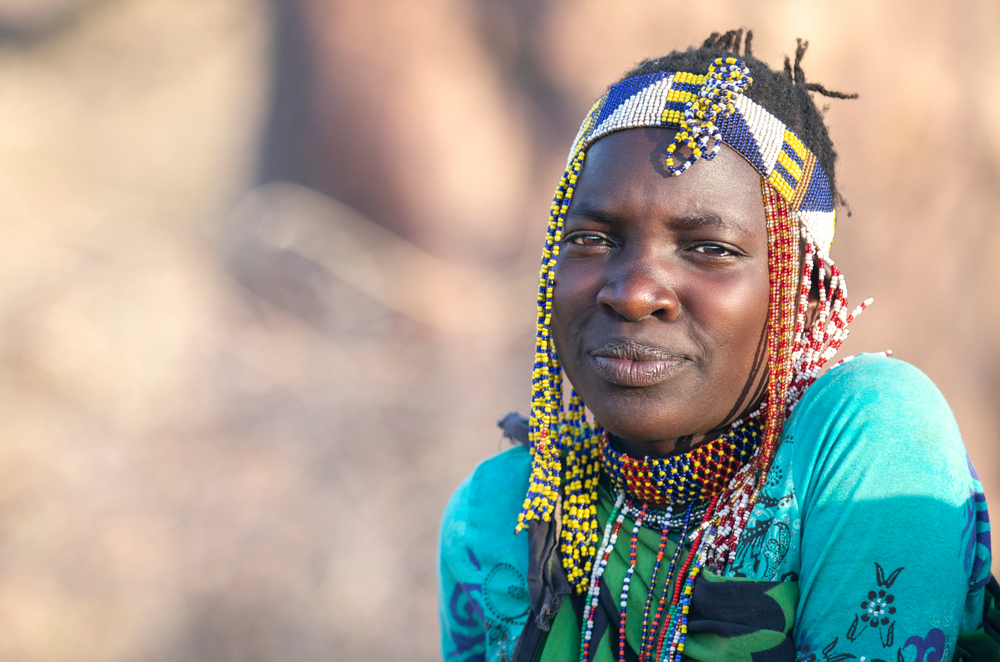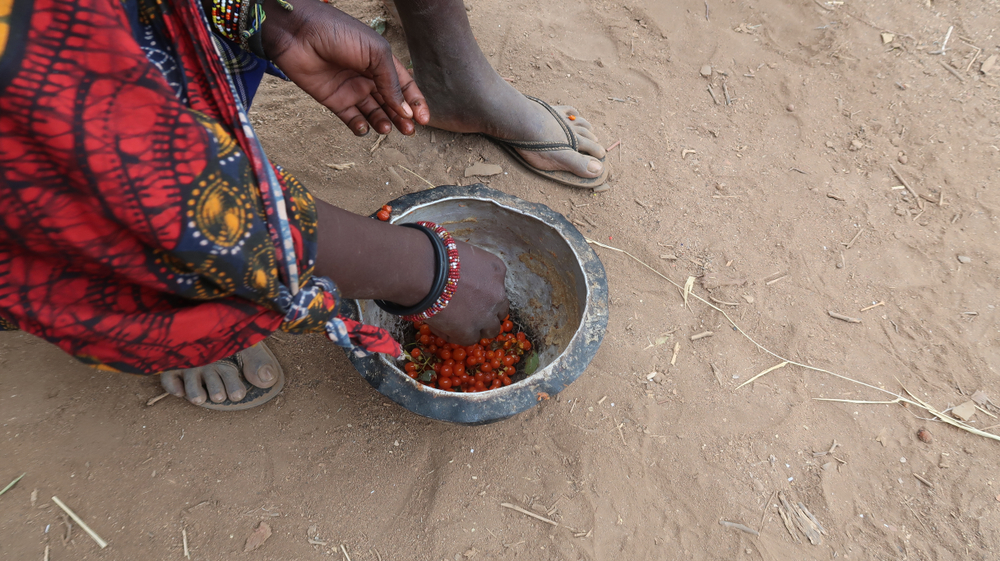
23 Jun Lessons from the Hadza; Nutritional Ecology and Creating a Healthy Microbiome
As a modern society, we forget that there is so much to learn from hunter-gatherer and indigenous communities that can help us to improve our health and realign ourselves with nature.
Micro Mirroring Macro
Observing the Hadza; a hunter-gatherer society in Tanzania, provides evidence of a direct and interdependent relationship between ecological diversity and human health. The Hadza demonstrate that nourishing a healthy microbiome means mirroring the diversity of our indigenous natural environment. Traditional wisdom can help us restructure our relationship to nutrition.
If our health is directly affected by the wellbeing of the environment, we can see a correlation between loss of diversity due to industrial agriculture and diet-related disease rippling through communities adopting Western patterns of consumption.
Looking to the Hadza for answers, we see a lack of disease prevalent in their society with a diet rich in a plethora of localised and seasonal plants. The Hadza’s microbiome showed to be seasonally aligned. In dryer months, the diversity of the microbes in their gut diminished as they hunted more and lived off a higher animal fat source with less diversity in the plants they consumed. As the seasons changed, however, they moved towards a predominantly plant-based diet with berries, high fibre roots and local honey, the ecology of microbes re-establishing themselves in their gut.
This not only shows that the lack of diversity within our biomes today can be restored but that the ecology within our digestional tract mirrors that of our indigenous natural ecosystems. When these microbes are multifarious there is a decline in non-communicable diseases (e.g. cancer, diabetes and heart disease) plaguing the West.
Gut Biomes vs Industrial Food Systems
In the age of Anthropocene, we are witness to many extinctions of plant and animal species. Biodiversity loss is a planetary boundary we have already breached. Could it be that loss of biodiversity is mirrored in the lack of diversity in the nutrient-deficient microbiome of Western diets?
70% of our immune system exists within our gut. Western food systems lack the diversity needed to combat disease; our armour against disease is directly dependent on the integrity of our local environment. Western diets consist of processed sugars, refined carbohydrates, high percentages of animal protein and a threateningly low source of natural fibres.
The interconnected nature of this relationship precisely represents the complexity and interwoven nature of the food web. Our linear understanding of food systems, the hierarchy of the food chain and the tunnel vision we tend to adopt when looking at solutions for these modern systems, all pose various problems.
If we take a look at our microbiomes, our disease-ridden bodies, are we looking into the mirror of the environmental devastation around us? What if we worked to re-establish the integrity of the environment, and through doing so, elevate the virtue of our gut flora.
Nutritional Ecology; Lateral Solutions
The Hadza diet is intuitively designed by their natural environment. Conversely, Western diets design environments to meet the demands of a convenience food culture. Indigenous food systems epitomise a local and ecological perspective. Ultimately, there is an urgent call for a more nuanced ecological perspective to nutrition in industrialised societies. To this end, Nutritional Ecology is an interdisciplinary framework that looks at all subsystems of food production and consumption; human health, environment, economy and society. Through this lens we develop a networked understanding of our nutrition. Furthermore, Nutritional Ecology offers us a strategic framework to redesign modern food systems based on the characteristics of regional biomes.
The need for diversity within our diet is vital. We need to eat less of more. Not more of fewer ingredients. If we localise the production of our food and seasonally consume it we can re-establish our place within the ecological web rather at the top of the food chain. Plant-based diets built on these conditions are scientifically based, socially acceptable, economically feasible and sustainable. Focusing on an organic and indigenous plant-based diet encourages a diet rich in fibre and nutrients from a variety of sources, thus enhancing the ecology of our microbiome. Using Nutritional Ecology and the eating habits of the Hadza, we can strengthen our immune systems and bring ourselves into a dynamic balance with nature.

Written by: Arabella Parkinson (www.eattothrive.co.za)
REFERENCES:
https://www.stockholmresilience.org/research/planetary-boundaries/planetary-boundaries/about-the-research/the-nine-planetary-boundaries.html
https://www.npr.org/sections/goatsandsoda/2017/08/24/545631521/is-the-secret-to-a-healthier-microbiome-hidden-in-the-hadza-diet
https://medium.com/@WWF/5-ways-to-protect-biodiversity-5def3447e103
https://www.researchgate.net/publication/10599107_Nutrition_ecology_The_contribution_of_vegetarian_diets



Lyn
Posted at 12:37h, 22 JulyInteresting article but almost impossible to source organic foods these days.